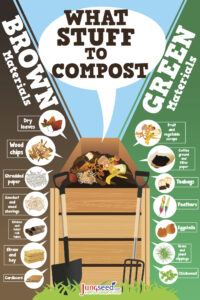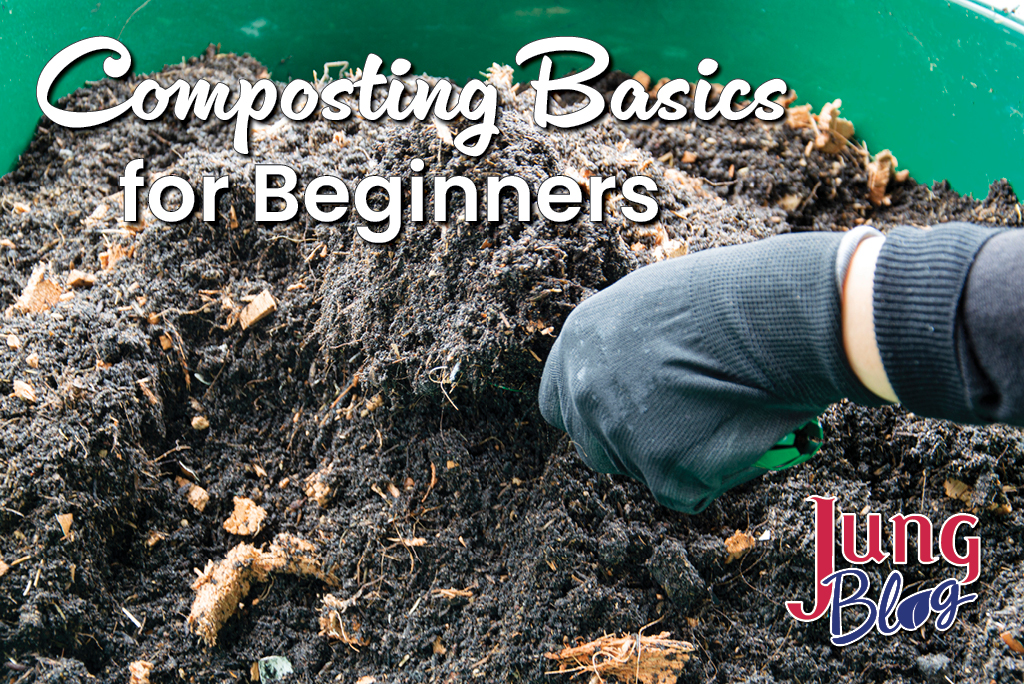
Experienced gardeners understand that the foundation of a thriving garden lies in the quality of the soil. Properly made compost acts like a potent elixir, enriching the garden with essential nutrients and beneficial microorganisms. It enhances the soil’s ability to absorb and retain water, stabilizes its pH levels, and even fortifies plants against pests and diseases. Given its significant benefits, the term “garden gold” for compost is truly fitting.
Composting is a natural process that occurs continuously as bacteria and other soil organisms decompose organic material. A stroll through the woods reveals this phenomenon; beneath the leaf litter, you’ll find layers of dark, nutrient-rich compost formed by natural decay. Gardeners harness and accelerate this natural recycling process using a compost pile to create fertile, productive soil.
Cold vs. Hot Composting
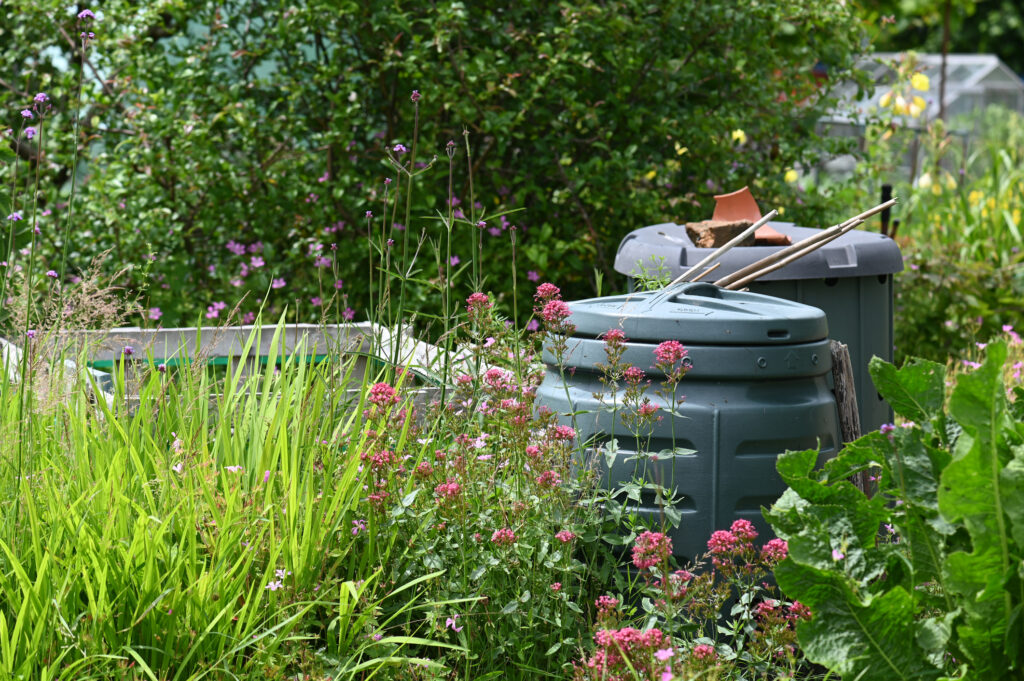
Cold Composting
Composting can be straightforward and accessible, even if only a small area is available. A simple pile in a secluded part of your yard, often called “cold composting,” can suffice. This method takes longer to decompose but is perfect for gradually recycling small amounts of organic waste. Occasionally, turning the pile by moving the inner material to the outer edges helps maintain the process. In arid regions, occasional watering may be necessary. When adding kitchen scraps, bury them in the center to deter pests and reduce odors that might attract wildlife. With this method, expect to wait a year or more for fully matured compost.
Hot Composting
For a quicker and more efficient approach, consider “hot composting.” This method involves assembling a compost pile at once and letting it decompose without adding new material. Typically, a compost bin or container is used for hot composting. The bin keeps the organic matter confined, capturing the heat generated during decomposition. The higher the heat, the faster the composting process.
What Materials Should I Use For Composting?
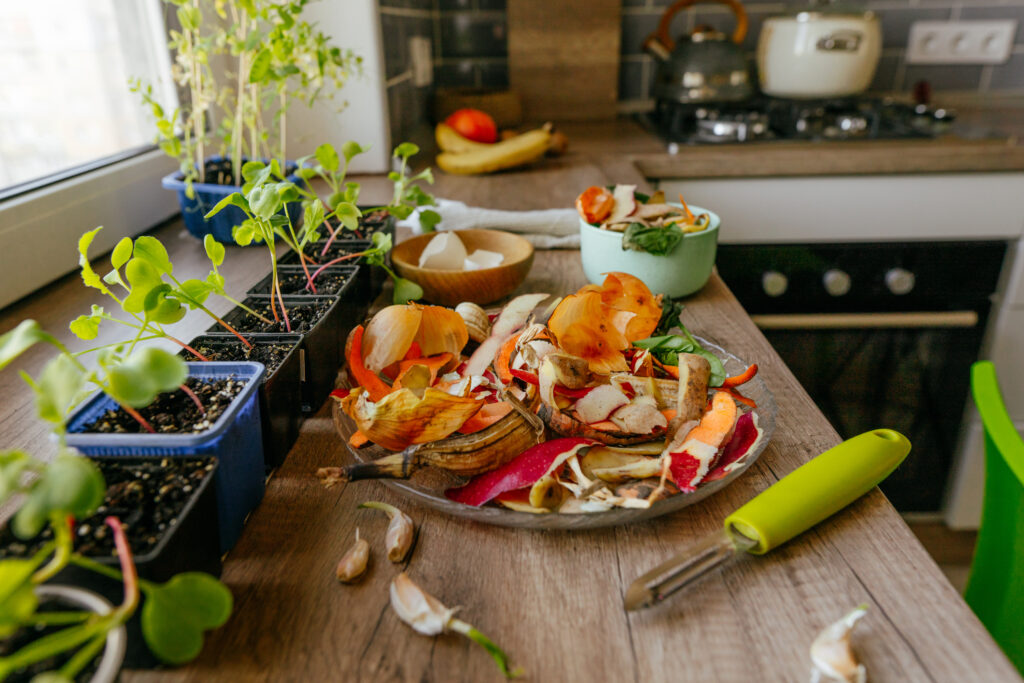
To create effective compost, blend brown organic materials such as straw, hay, leaves, and dead plants with green materials like grass clippings, kitchen scraps, and fresh plant cuttings. An ideal ratio is approximately 30 parts browns (carbon) to 1 part greens (nitrogen). You can jumpstart the composting process by adding an activator or accelerator, such as ammonium nitrate fertilizer.
Monitoring the temperature of your compost with a compost thermometer can indicate when to turn the pile or add moisture. A compost aerator can help mix and aerate the compost, ensuring the inner materials move to the edges and vice versa. Alternatively, a garden fork, rake, or shovel will work just as well for turning and fluffing the compost.
What Stuff To Compost Guide
Click to Enlarge
Composting Bins
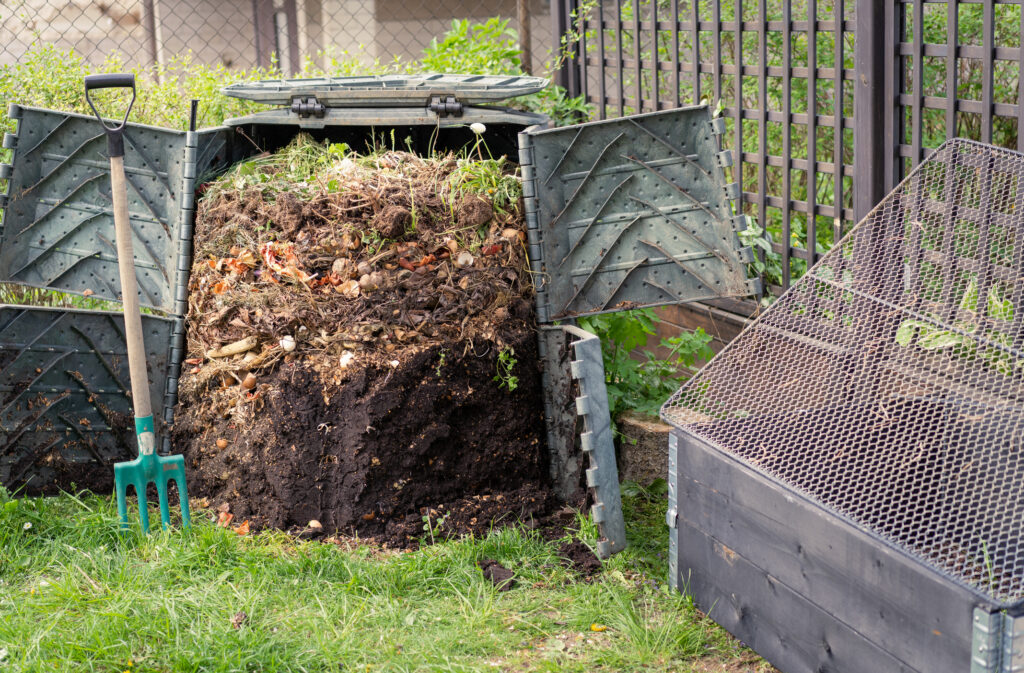
Heavy plastic composters are perfect for collecting kitchen waste and garden trimmings, simplifying composting while keeping your yard tidy. These composters are fully enclosed to prevent rodents from getting in and feature convenient access doors for adding organic material or retrieving finished compost. Typically dark green or black, they absorb heat efficiently, raising the internal temperature to speed up the composting process.
Nevertheless, a compost bin doesn’t need to be complex or costly. You can create one from everyday items like old pallets, wood picket fencing panels, wire baskets, or trash cans with strategically drilled holes. The key aspects of an effective compost bin are containment, air circulation, and accessibility. Ensure you can quickly stir the compost and retrieve the finished product for your garden.
What Not To Compost
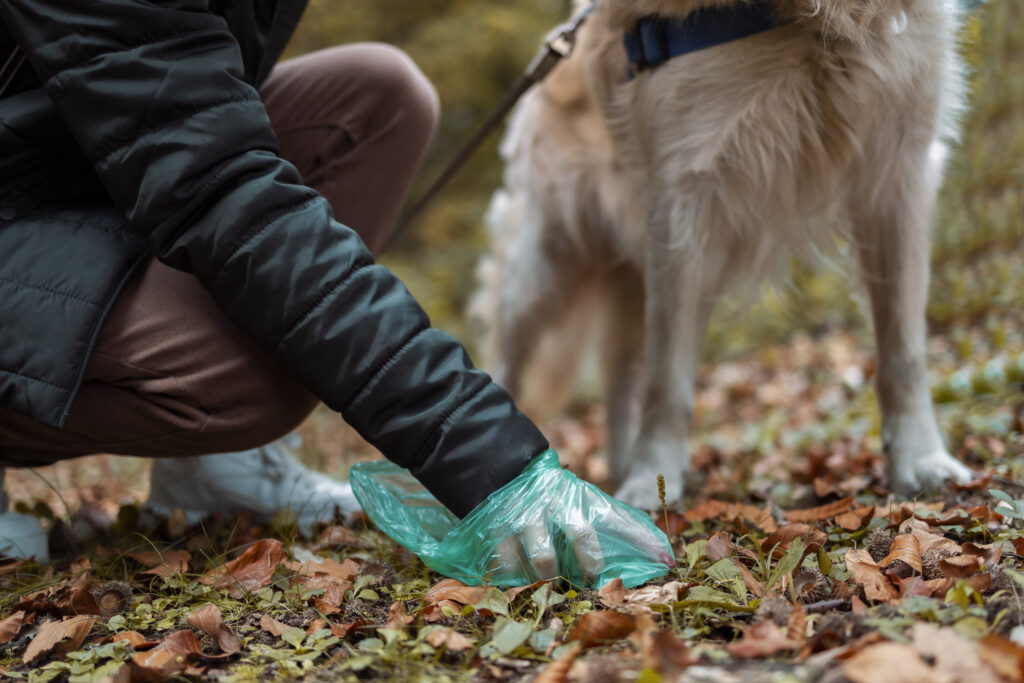
It may go without saying, but avoid composting human or pet waste. Additionally, never compost diseased or potentially diseased plant material. Cold composting doesn’t reach temperatures high enough to kill harmful fungal or bacterial pathogens, and even hot composting might not consistently achieve the necessary internal temperatures. The risk of introducing pathogens that could cause severe diseases to your garden is not worth taking.

The essence of composting is to create your own “soil factory” producing “garden gold.” Regardless of your chosen method, your finished compost should be dark, rich, and composed of unrecognizable, decomposed organic matter. In agricultural history, it was often said that “a gardener’s wealth could be determined by the size of his manure pile.” Today, this sentiment can be updated to reflect that “a gardener’s wealth can be determined by the size of their compost heaps.”
Other Recommended Reading

- Fall Gardening: Using Fall Leaves In The Garden
- 4 Tips for Improving Garden Soil
- Gardening Success With Healthy Soil
- How To Prevent & Control Weeds
- A Quick Guide To Pesticides
At Jung Seed Co, we strive to be your go-to guide for all your gardening needs. Our YouTube channel, The Garden Doctor by Dick Zondag, is where he provides gardening tips for all levels of gardeners. When you need reliable gardening advice, turn to the trusted experts at Jung.
View our new catalog online or browse our website for your gardening favorites. Sign up for our weekly email to receive info on new products, exclusive deals, and specials. Join our Facebook page to discuss all things gardening!
About the Author: Dan Goodspeed is a highly accomplished and respected horticulturist. He brings years of educational and hands-on experience from various locations across the U.S. His extensive background includes serving as a horticultural consultant for the Jung Seed Company and its affiliates.
Edited By: Jaclyn Johnsen – Digital Marketing Manager at Jung Seed Company
